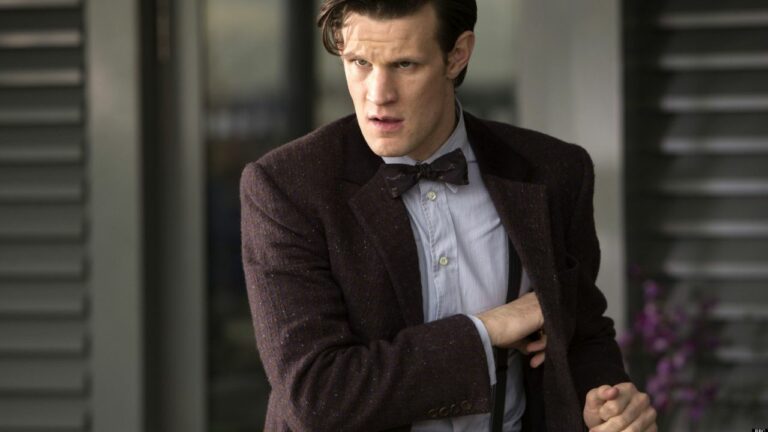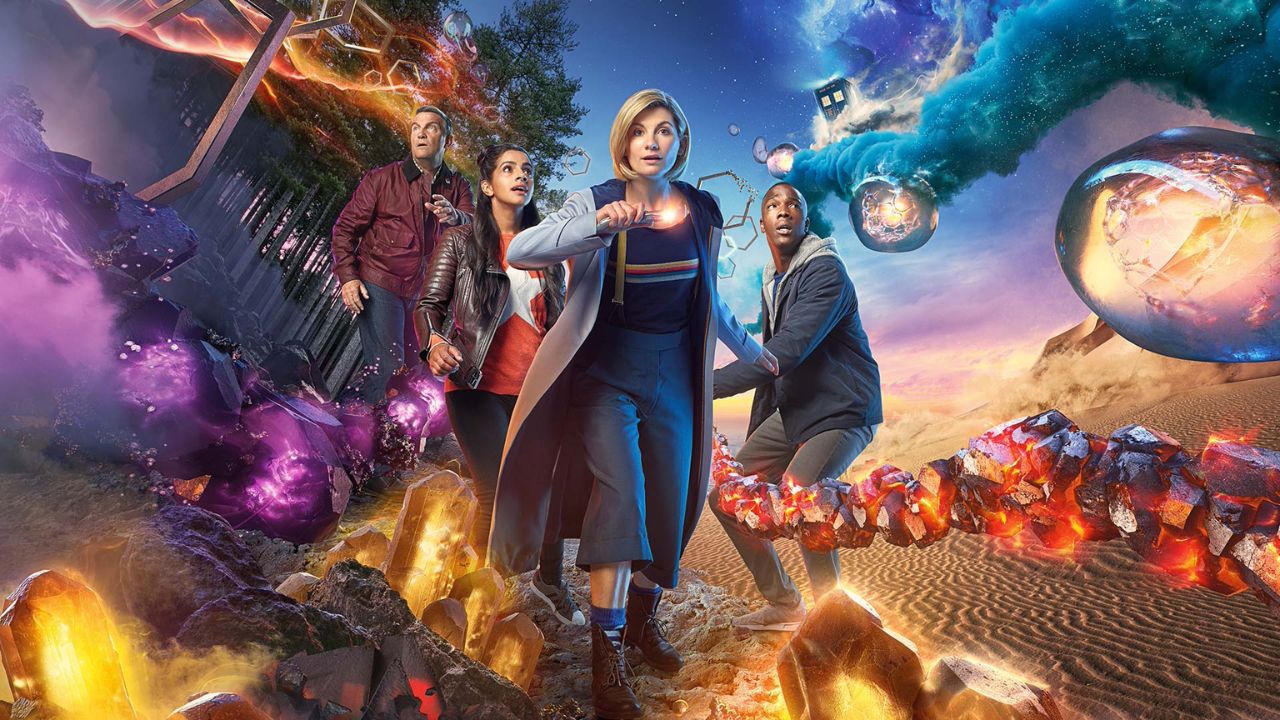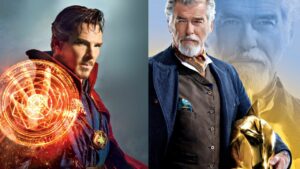The regeneration plot device of Doctor Who, which seemed like a simple façade at first, has become riddled with restrictions, loopholes, and contradictions as the show progressed.
The show could reinvent itself alongside its main characters, which helped the show to move ahead with time. Due to the concept of the Doctor frequently gaining a new body and a distinctive new personality, its ability to appeal to a fresh audience has been enhanced and advanced.
Although this clever concept has enabled the show to remain fresh for almost half a century, the specifics of regeneration itself have not aged gracefully. It’s no surprise that several fans have been left confused regarding the time streams and realms that the show’s mysterious hero traverses.
1. Why could the Doctor regenerate only 12 times? How did they surpass the limit?
The Doctor’s Original Regeneration Cycle was first mentioned in The Deadly Assassin, a 1976 episode from the Tom Baker era that explained the regeneration cycle as a rule that was a part of Time Lord biology. A time lord could regenerate only 12 times; thus, they would truly die after the 13th incarnation.
In Twice Upon a Time, the First and the Twelfth Doctors demonstrated that if Time Lords are reluctant to the upcoming change, they can temporarily suppress it and enter a “state of grace.” They are healed and remain in the same form for an extended interval there. Despite that, they are still forced to either change or perish shortly afterward.
Furthermore, even if the Timelords submit to regeneration, it can falter midway through, requiring the assistance of TARDIS or fellow Time Lords to ease them along. This was evident when K’anpo Rimpoche did the same for the Third Doctor in Planet of the Spiders.
2. The Eleventh Doctor and a New Regeneration Cycle
The “Doctor Who” regeneration cycle was addressed much sooner than the final incarnation in the cycle. The Eleventh Doctor (Matt Smith) explained to his companion Clara Oswald that he exhausted all of his regenerations after an aborted regeneration and the discovery of an unknown “War Doctor” who existed between the Eighth and Ninth incarnations.

The Time Lords, towards the end of the life of the Eleventh Doctor, are seemingly obliged to help him with Claire’s pleadings. This enabled The Doctor to use his 13th regeneration process to defeat an invading Dalek army.
It is further revealed that The Doctor has been granted a new regenerative cycle and would be allowed an additional 12 regenerations. This further allows for the 12th Doctor to exist and eventually leads to the first female and current Doctor, played by Jodie Whittaker.
3. The Timeless Child Theory Explained
The timeless child was a title used to refer to the mysterious being from whom, across several regenerations, the First Tecteun extracted the secret of regeneration. A bombshell revealed by The Master to The Doctor in Season 12 made the regeneration question more complicated.
The season finale finally addressed the Season 11 mystery of the Timeless Child and revealed the news that The Doctor was not a Time Lord or even from Gallifrey.
The child was adopted by the First Tecteun, who discovered her power to regenerate after she suffered a fatal fall from a cliff. Tecteun then studied the child’s powers for several years and regenerations. During this time, the child referred to Tecteun as “Mother” while she regarded them as her “experiment”.
Tecteun was eventually able to replicate this regenerative ability, regenerating herself into a new incarnation. The Second Tecteun eventually spread this power to other Shobogans, who would go on to become the Time Lords. The number of regenerations was also artificially limited to a maximum of twelve.
In the process, The Timeless Child became the genetic template upon which all Time Lords were modeled, giving them their characteristic abilities. With that said, the experimentation sequence showed The Doctor regenerating several times in a short time and having the capability for far more than the 12 regenerations viewers initially knew about.
That’s certainly possible, due to The Doctor allegedly not being a Time Lord, assuming that The Master’s story and presented visions are accurate. While the Master is generally deceptive, he seems to be telling the truth.
The Matrix files clearly show Tecteun and her experiments on the Timeless Child. This implies that William Hartnell, the actor who played the Doctor from 1963-1966, was not the first Doctor after all. He rather had his memories of previous lives erased by the Time Lords.
The Timeless Children confirms that the Doctor had at least seven lives (both male and female) before William Hartnell. It’s worth noting that there’s also the “Fugitive Doctor” introduced in Season 12, who would either be from a past or future incarnation of The Doctor.
If she’s from the past, I think it would confirm that The Master told the truth as The Doctor exceeded their regenerations before Clara begged for help.

4. The Truth of the Regeneration Story
The question surrounding Doctor Who’s regeneration cycle now is whether The Doctor’s continuance past the 12th regeneration was because the Time Lords granted him a new regeneration cycle or because The Doctor was never a Time Lord at all.
In this case, if The Time Lords did grant The Doctor a new set of regeneration cycles, then The Master may not be telling the truth about why he destroyed Gallifrey. Owing to Master’s unclear intentions, we surely have not ruled out the theory of Master trying to elaborately trap the doctor without her realization of the fact.
The other possibility of The Doctor’s possession of an unlimited number of regenerations from the beginning has not been ruled out either. Clair’s plight with the Time Lords in the time crack might have gone unanswered, which would be harsh on the Time Lords’ part.
Although if the higher-ups knew that The Doctor was never in danger of not regenerating, no harm, no foul, I guess. There is also a possibility that The Doctor had an unlimited number of regenerations but later had her DNA limited by the Time Lords as well.
Current showrunner Chris Chibnall addressed the Doctor Who regeneration twist and told Radio Times this had been his plan since he agreed to take over the show. Chibnall teased that there will be more to the story that will play out beyond what the fans saw at the end of Season 12.
He ensured his awareness regarding the significant impact of The Timeless Child twist. The BBC knows what Chibnall’s plan is in the long run. They presumably wouldn’t let him directly contradict one of the most devoted rules of The Doctor without knowing it has a satisfying conclusion.
5. Prospects of the Doctor’s Regeneration Theory
The latest we know is that The Doctor is not a Time Lord and seemingly has many more regenerations than the originally stated 12. Chris Chibnall still has a plan for how this shakes out and has confirmed there’s more to it than what the fans have seen.
Rest assured, if you’re confused about what’s going on with Doctor Who’s regeneration story, you aren’t the only one. The good news is that answers are coming.
As many fans are aware, Doctor Who’s regeneration rules can be tricky, as is writing interesting twists in the franchise without messing with continuity. Let’s see how they manage to navigate this.
6. About Doctor Who
Doctor Who is a British sci-fi TV program produced by the BBC since 1963. The series aired from 1963-89 and was then again revived in 2005.
The program depicts the adventures of a Time Lord called “The Doctor,” an extraterrestrial being who appears to be human. The Doctor explores the universe in a time-traveling spaceship called the TARDIS. With various companions, the Doctor combats foes, saves civilizations, and helps people in need.
Over the years, many actors like Jodie Whittaker, William Hartnell, Patrick Troughton, Jon Pertwee, Tom Baker, and Peter Davidson have played the Doctor. Hartnell was the first actor to be cast as Doctor Who.









No Comments on How did The Doctor surpass the regeneration limit?